Laundry day can be a drag, but it doesn’t have to be. If you’re wondering how to do laundry, don’t worry – with a few simple steps, you can make doing laundry a breeze. In this blog post, we’re going to give you 10 simple steps to make sure your laundry comes out fresh and clean every time.
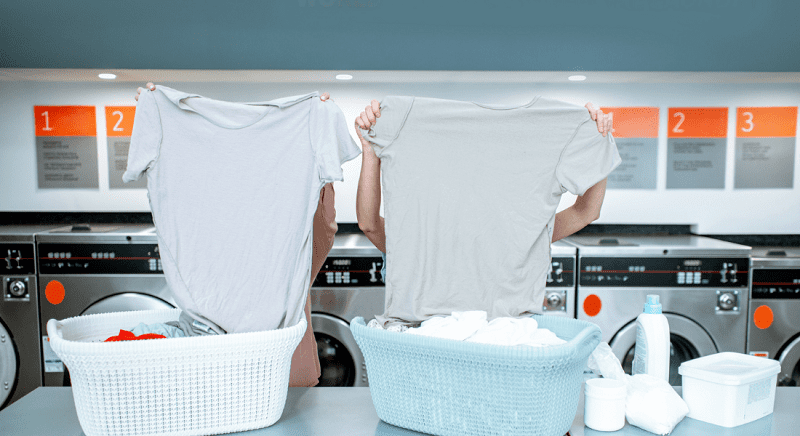
Table of Contents
ToggleSort Your Clothes:
Sorting your clothes before doing laundry is an essential step that will help you achieve the best results. When sorting your clothes, it’s essential to pay attention to the color and fabric type. Separating whites from colors will prevent color bleeding, which can ruin your clothes. On the other hand, sorting by fabric type will ensure that delicate items are not washed with heavy-duty items, which can damage them.
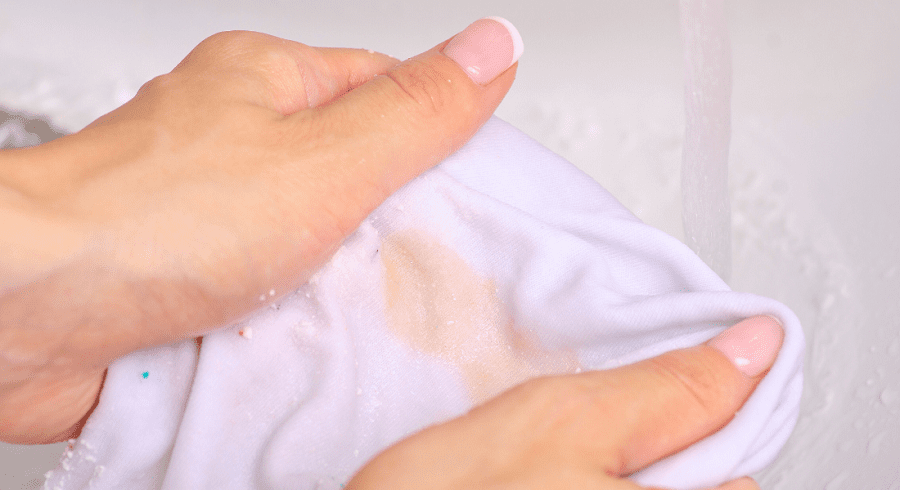
Pre-Treat Stains:
Pre-treating stain is an essential step in doing laundry that will help ensure that your clothes come out looking their best. Stains can be tough to remove if they are not pre-treated, and they can even set in if left untreated for too long. By taking the time to pre-treat stains, you increase your chances of removing them completely.
When pre-treating stains, it’s important to choose the right product for the job. Some stains may require a specific type of stain remover, while others can be treated with a general laundry detergent. It’s also essential to follow the instructions on the product carefully to avoid damaging your clothes or making the stain worse.
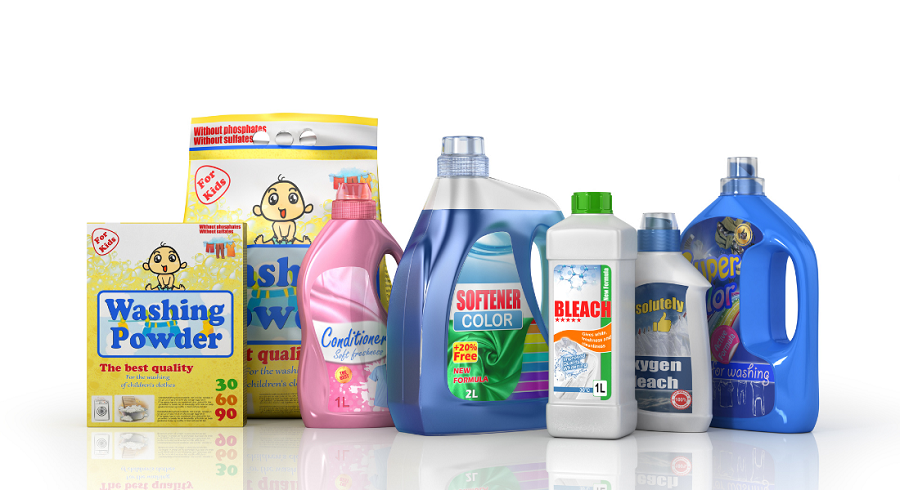
Choose The Right Detergent:
Choosing the right detergent is an important step in doing laundry that can impact the cleanliness and longevity of your clothes. Different detergents have different formulas designed for specific purposes, such as removing stains, brightening whites, or protecting delicate fabrics.
When selecting a detergent, it’s essential to read the label carefully to ensure that it’s appropriate for the fabric type and the type of washing machine you’re using. Some detergents may not be suitable for certain fabrics or washing machines and could cause damage or reduce the lifespan of your clothes or machine. For example, high-efficiency washing machines require detergents that are specially formulated for them, as regular detergents can create too many suds and cause problems.

Load The Washing Machine:
Loading the washing machine incorrectly can affect the cleanliness and quality of your clothes. Overloading the machine can lead to poor cleaning results, uneven distribution of detergent, and even damage to the machine.
When loading the machine, it’s important to leave enough space for the clothes to move around freely. Overcrowding the machine can cause the clothes to rub against each other and create friction, which can damage the fibers and cause pilling or stretching. It can also prevent the water and detergent from reaching all areas of the clothes, leading to poor cleaning results.

Choose The Right Water Temperature:
Different fabrics and colors require different water temperatures. Hot water can be great for whites and heavily soiled items, while cold water is better for delicate fabrics and dark colors.
When loading the machine, it’s important to leave enough space for the clothes to move around freely. Overcrowding the machine can cause the clothes to rub against each other and create friction, which can damage the fibers and cause pilling or stretching. It can also prevent the water and detergent from reaching all areas of the clothes, leading to poor cleaning results.
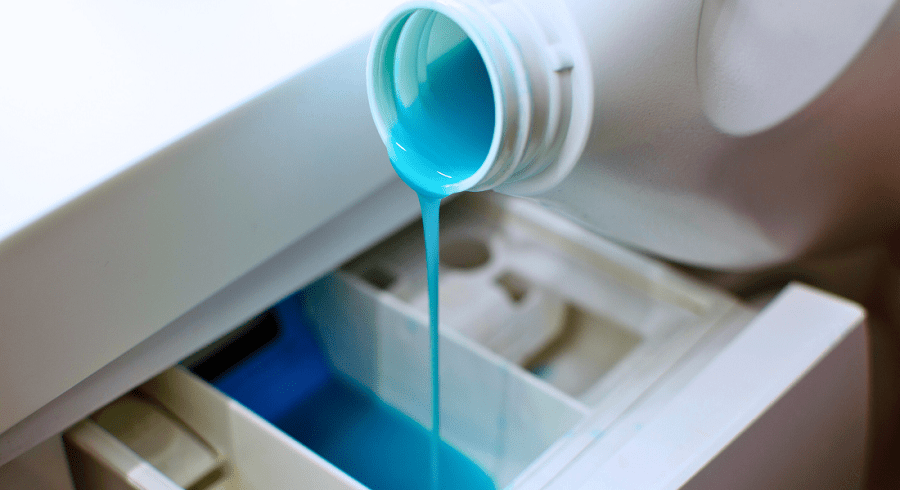
Add Fabric Softener:
Fabric softener is a laundry product that is designed to make clothes feel softer and smells better after washing. It can also help reduce static electricity, making clothes less likely to cling together. Many fabric softeners come in liquid or sheet form and can be added to the wash cycle or the dryer.
To use fabric softener in the wash, you can add it to the fabric softener compartment in your washing machine, or directly to the rinse cycle. It’s important to use the right amount of fabric softener, as using too much can lead to a buildup of the product in your washing machine or on your clothes, which can cause problems over time. Follow the instructions on the label carefully, and adjust the amount based on the size of the load and the level of softness you desire.
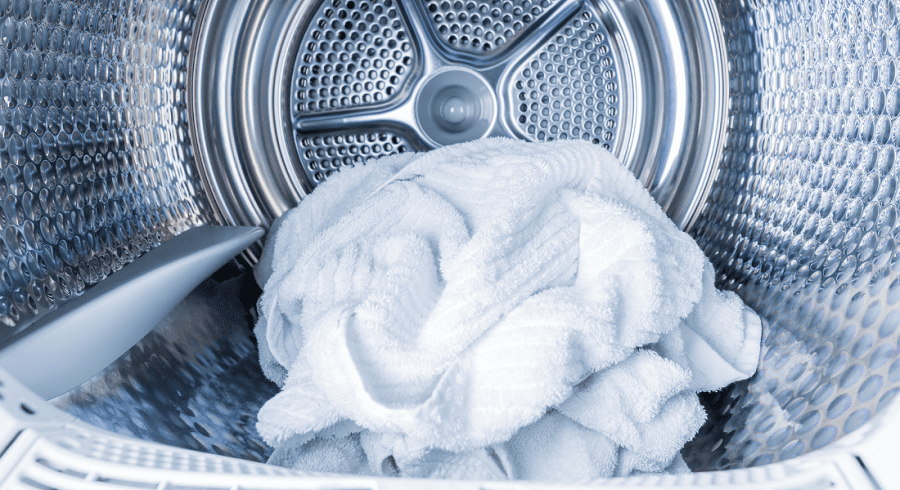
Dry Your Clothes:
Drying your clothes correctly is just as important as washing them correctly. Improper drying can cause clothes to shrink, stretch, or become damaged. To avoid these issues, it’s essential to read the labels on your clothes to determine the appropriate drying method.
If your clothes can be tumble-dried, make sure to select the appropriate heat setting. High heat can cause clothes to shrink or become damaged, while low heat can prolong the drying time. It’s also important not to overload the dryer, as this can prevent the clothes from drying evenly and cause them to become wrinkled.
If your clothes need to be hung to dry, make sure to choose a well-ventilated area. Hanging clothes in a damp or humid environment can cause them to take longer to dry and become musty or mildewy.
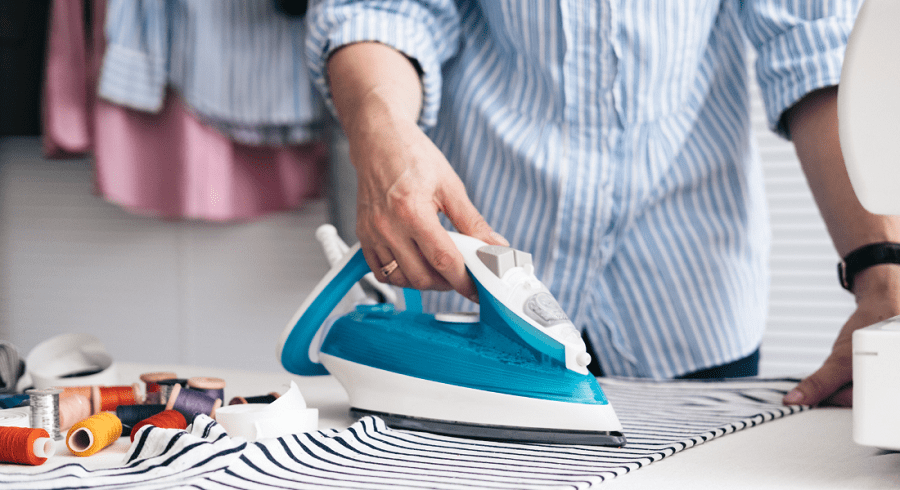
Iron As Needed:
Ironing can be a crucial step in the laundry process, especially if you want your clothes to look neat and professional. However, not all clothes need to be ironed, and some may require different ironing temperatures or techniques.
Before ironing your clothes, make sure to read the labels to determine the appropriate ironing temperature and any special instructions. Some fabrics, such as silk or wool, may require a lower heat setting or a pressing cloth to prevent damage.
When ironing your clothes, start with the garments that require the lowest heat setting and work your way up. Use a steady back-and-forth motion, and avoid pressing too hard or leaving the iron in one place for too long, as this can cause scorching or burning. For delicate fabrics, use a pressing cloth or a clean white cotton cloth to protect the fabric and prevent any shine.
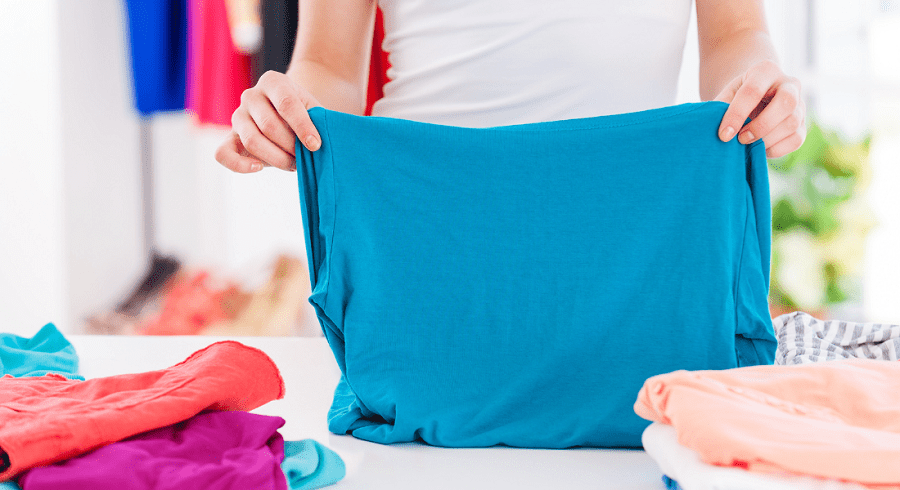
Fold Or Hang Your Clothes:
When folding your clothes, consider the type of garment and the storage space you have available. For example, you may choose to fold t-shirts and sweaters differently, with t-shirts folded in thirds and sweaters folded in half to prevent stretching. You can also fold pants and jeans to take up less space in your dresser or suitcase.
If you prefer to hang your clothes, make sure to use hangers that are appropriate for the garment. For example, use padded hangers for delicate fabrics like silk or velvet, and use sturdy hangers for heavy items like coats or suits. Hanging clothes also helps to air them out and prevent odors from developing.
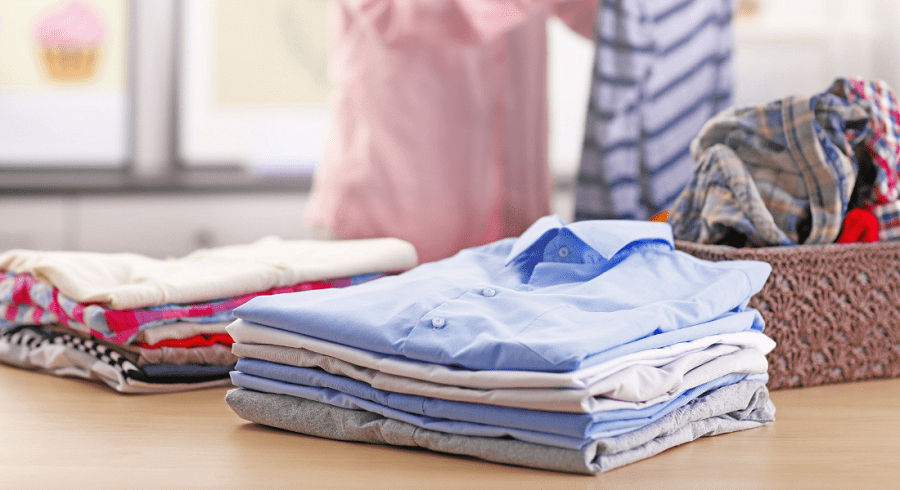
Enjoy Your Freshly Cleaned Clothes!
Now that you know how to do laundry properly, it’s time to enjoy your freshly cleaned clothes! Put them away in your closet or drawers, and revel in the satisfaction of a job well done.
Conclusion:
In conclusion, knowing how to do laundry properly can make a big difference in the quality and longevity of your clothes. By following the 10 simple steps we’ve outlined in this blog post, you can ensure that your laundry comes out fresh, clean, and well-maintained every time.
And who knows, with a little bit of practice, you may even come to enjoy the process of doing laundry! So next time laundry day rolls around, don’t dread it – embrace it as an opportunity to care for your clothes and keep them looking their best.




